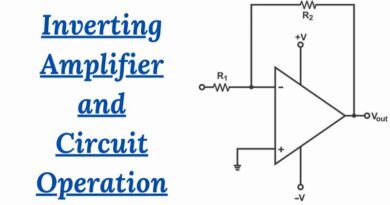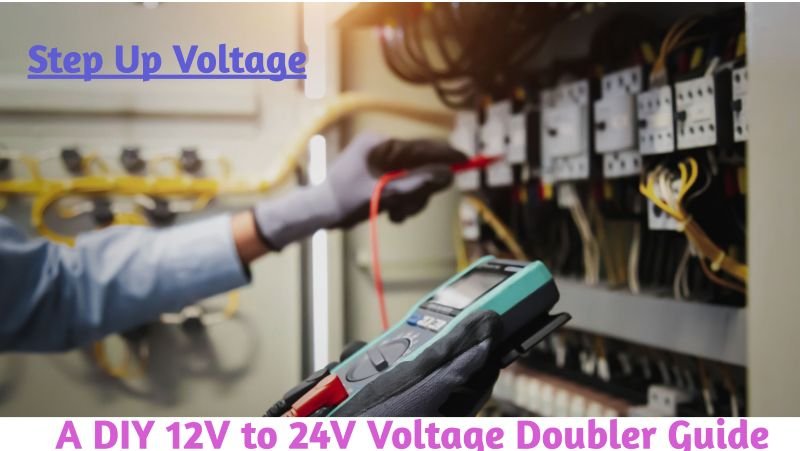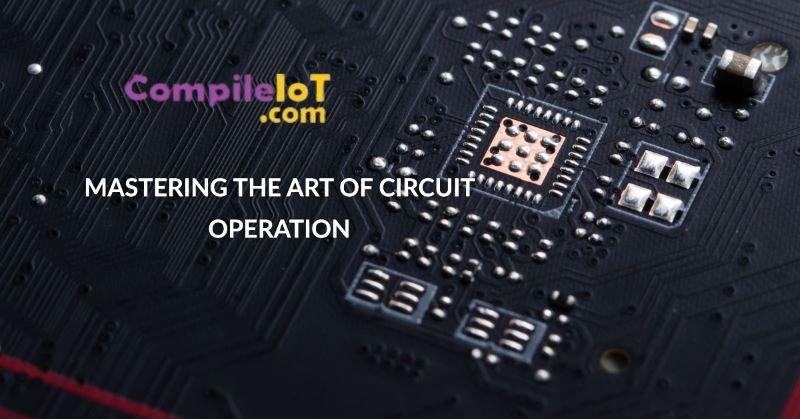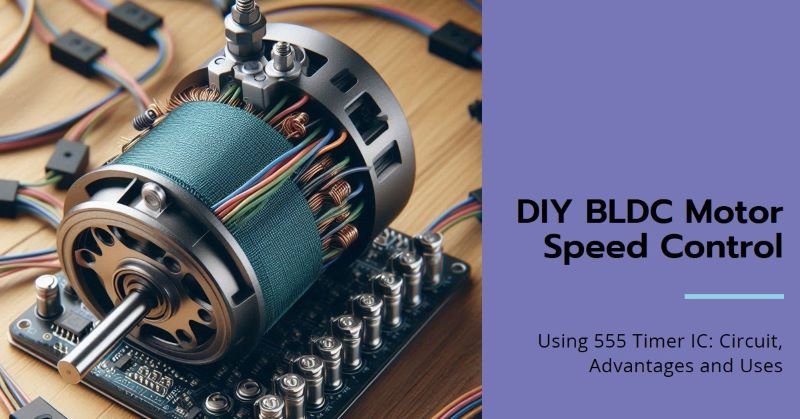Blocking Oscillators: An Introduction Into its Working, Types and Uses
Introduction
Blocking oscillators are a type of electronic oscillator that generate a periodic waveform by alternately blocking and unblocking the current flow through a circuit. This unique design allows them to produce a wide range of frequencies and find applications in various electronic devices. In this article, we will discussed the working principles of blocking oscillators, explore their different types and discuss their practical uses. Let’s start with what exactly is a blocking osicllator!
What is a Blocking Oscillator?
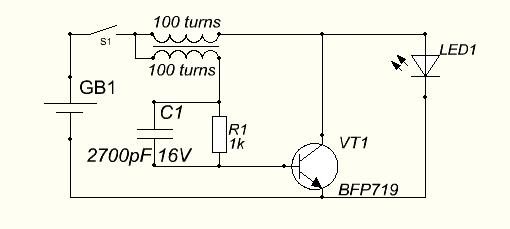
A blocking oscillator is a type of electronic oscillator circuit that generates a periodic waveform. It is called a “blocking” oscillator because it uses a blocking capacitor or inductor to control the timing of the oscillation. This capacitor or inductor blocks the flow of current during certain parts of the oscillation cycle, hence the name “blocking” oscillator.
Components of a Blocking Oscillator
A blocking oscillator typically consists of the following components:
- Transistor: The transistor is the key component in a blocking oscillator circuit. It acts as a switch, turning on and off to create the oscillation. Common types of transistors used in blocking oscillators include bipolar junction transistors (BJTs) and field-effect transistors (FETs).
- Capacitor or Inductor: The capacitor or inductor is used to control the timing and frequency of the oscillation. It blocks the flow of current during certain parts of the oscillation cycle, allowing the circuit to oscillate at a specific frequency.
- Resistor: The resistor is used to limit the current flowing through the circuit and stabilize the oscillation. It also helps to control the timing of the oscillation.
- Feedback Network: The feedback network is used to provide positive feedback to the circuit, allowing it to sustain the oscillation. It typically consists of resistors, capacitors, and/or inductors connected in a specific configuration.
- Power Supply: The power supply provides the necessary voltage and current to operate the blocking oscillator circuit. It is typically a DC power source, although some blocking oscillators can also operate with AC power.
Working Principle of Blocking Oscillator
The basic working principle of a blocking oscillator involves the use of a transformer, a capacitor, and a switching device such as a transistor or vacuum tube. The transformer is used to provide the necessary voltage and current feedback to sustain the oscillations. When the blocking oscillator is powered on, the switching device is initially in an off state. This allows the capacitor to charge up through the primary winding of the transformer. Once the voltage across the capacitor reaches a certain threshold, the switching device turns on, allowing current to flow through the primary winding.
This current flow causes a magnetic field to build up in the transformer’s core. As the magnetic field collapses, it induces a voltage in the secondary winding, which is connected to the switching device. This induced voltage turns off the switching device, interrupting the current flow and causing the capacitor to discharge through the primary winding.
The discharge of the capacitor results in the collapse of the magnetic field in the transformer, which again induces a voltage in the secondary winding. This voltage turns on the switching device, initiating another cycle of oscillation. The process repeats, generating a continuous waveform.
Types of Blocking Oscillators
There are several types of blocking oscillators, each with its own unique characteristics and applications. Here are three commonly used types:
1. Common Base Blocking Oscillator
The common base blocking oscillator is a type of transistor-based oscillator. It uses a transistor in the common base configuration, where the emitter is connected to the ground and the collector is connected to the positive supply voltage. The base is connected to the primary winding of the transformer.
This configuration allows for high voltage gain and provides a stable oscillation frequency. The common base blocking oscillator is commonly used in applications such as RF signal generators and frequency modulators.
2. Hartley Oscillator
The Hartley oscillator is another popular type of blocking oscillator. It uses an inductor and a capacitor in a feedback network to generate the oscillations. The inductor and capacitor form a resonant circuit, which determines the frequency of oscillation.
The Hartley oscillator is widely used in radio frequency (RF) applications, such as radio transmitters and receivers. It offers good frequency stability and can generate signals in the RF range.
3. Colpitts Oscillator
The Colpitts oscillator is a variation of the Hartley oscillator. It uses two capacitors and an inductor in a feedback network to create the oscillations. The capacitors and inductor form a resonant circuit, similar to the Hartley oscillator.
The Colpitts oscillator is commonly used in applications such as frequency synthesizers, signal generators, and radio transmitters. It offers good frequency stability and can generate signals in the RF and audio frequency ranges.
Practical Uses of Blocking Oscillators
Blocking oscillators have a wide range of practical applications in various electronic devices. Here are some examples:
Power Supply Circuits: Blocking oscillators are commonly used in power supply circuits to convert high voltage AC signals into low voltage DC signals. The oscillating waveform generated by the blocking oscillator is rectified and filtered to produce a stable DC output voltage.
Audio and Radio Frequency Circuits: Blocking oscillators find applications in audio and radio frequency circuits, where they are used to generate carrier signals, modulate signals, and demodulate signals. They are also used in frequency synthesizers and phase-locked loops.
Timing and Clock Circuits: Blocking oscillators are widely used in timing and clock circuits, where they provide accurate and stable timing signals. They are used in applications such as digital clocks, timers, and frequency dividers.
Medical Devices: Blocking oscillators are utilized in various medical devices, such as pacemakers and defibrillators, to generate precise electrical signals for therapeutic purposes.
Designing a Blocking Oscillator
A blocking oscillator is a simple electronic circuit that generates a periodic waveform. It consists of a feedback loop that includes a transistor, a transformer, and a capacitor. The circuit is called a “blocking” oscillator because the transistor alternately blocks and unblocks the flow of current through the transformer.
Components of a Blocking Oscillator
To design a blocking oscillator, you will need the following components:
- Transistor: Choose a transistor with suitable characteristics for the desired frequency and power output.
- Transformer: Select a transformer with the appropriate turns ratio to achieve the desired voltage amplification.
- Capacitor: Determine the capacitance value based on the desired frequency of oscillation.
- Resistor: Include a resistor in the circuit to control the current flow and stabilize the oscillations.
- Power supply: Provide a suitable power supply voltage to the circuit.
Design Steps
Follow these steps to design a blocking oscillator:
- Choose the operating frequency: Determine the desired frequency of oscillation for your circuit.
- Select the transistor: Choose a transistor that can handle the power requirements and has the necessary gain characteristics for your desired frequency.
- Determine the turns ratio: Calculate the turns ratio of the transformer based on the desired voltage amplification.
- Calculate the capacitor value: Use the formula C = 1 / (2πfR), where C is the capacitance, f is the frequency, and R is the resistance.
- Add a resistor: Include a resistor in the circuit to stabilize the oscillations and limit the current flow.
- Connect the components: Connect the transistor, transformer, capacitor, resistor, and power supply according to the circuit diagram.
- Test and adjust: Test the circuit and adjust the component values if needed to achieve the desired performance.
Troubleshooting Blocking Oscillators
If your blocking oscillator circuit is not working as expected, here are a few troubleshooting steps you can take:
No Oscillation
If the circuit does not produce any oscillation, check the following:
- Ensure that all components are properly connected and in the correct orientation.
- Check the power supply voltage to make sure it is within the operating range of the circuit.
- Verify that the transistor is functioning correctly and has the correct biasing.
- Check the transformer for any short circuits or open windings.
- Verify that the capacitor is the correct value and is not shorted.
Weak or Distorted Oscillation
If the oscillation is weak or distorted, try the following:
- Adjust the turns ratio of the transformer to achieve the desired voltage amplification.
- Check the values of the capacitor and resistor to ensure they are within the appropriate range.
- Verify that the power supply voltage is stable and free from any noise or fluctuations.
- Check for any loose connections or faulty components.
Excessive Heat or Burnt Components
If the circuit components are getting excessively hot or burnt, consider the following:
- Check the power supply voltage to ensure it is not exceeding the maximum rating of the components.
- Verify that the transistor is not being overdriven or experiencing excessive current flow.
- Check the transformer for any short circuits or improper winding connections.
- Ensure that the circuit is properly grounded and there are no short circuits or excessive current paths.
Remember, troubleshooting electronic circuits requires careful observation, systematic testing, and knowledge of circuit principles. Take necessary precautions while handling electronic components and always refer to the datasheets and specifications of the components used in your circuit.
Advantages and Disadvantages of Blocking Oscillators
Blocking oscillators offer several advantages and disadvantages that should be considered when deciding whether to use them in a particular application.
Advantages:
- Simplicity: Blocking oscillators are relatively simple in design and require only a few components, making them cost-effective and easy to implement.
- Wide frequency range: With proper component selection, blocking oscillators can generate a wide range of frequencies, making them versatile for various applications.
- High output power: Blocking oscillators can deliver high output power, making them suitable for driving loads or amplifying signals.
- Stable oscillation: Once properly designed and tuned, blocking oscillators can provide stable and reliable oscillations.
Disadvantages:
- Potential for noise: Blocking oscillators can generate noise due to the switching action of the transistor. This noise can interfere with other components or circuits in the vicinity.
- Non-sinusoidal waveform: The output waveform of a blocking oscillator is typically not a perfect sinusoid, which may be undesirable for certain applications that require a precise waveform shape.
- Power consumption: Blocking oscillators can consume relatively higher power compared to other oscillator types, which may be a concern in battery-powered applications.
- Sensitivity to component variations: Small variations in component values can significantly affect the frequency and performance of a blocking oscillator. Careful component selection and tuning are necessary to achieve the desired results.
Final Words
Blocking oscillators are versatile electronic circuits that play a crucial role in a wide range of applications. Their ability to generate oscillating waveforms of different frequencies makes them invaluable in power supply circuits, audio and radio frequency circuits, timing and clock circuits, and medical devices. By understanding the working principles and different types of blocking oscillators, engineers and electronics enthusiasts can harness their potential to create innovative and efficient electronic systems.


